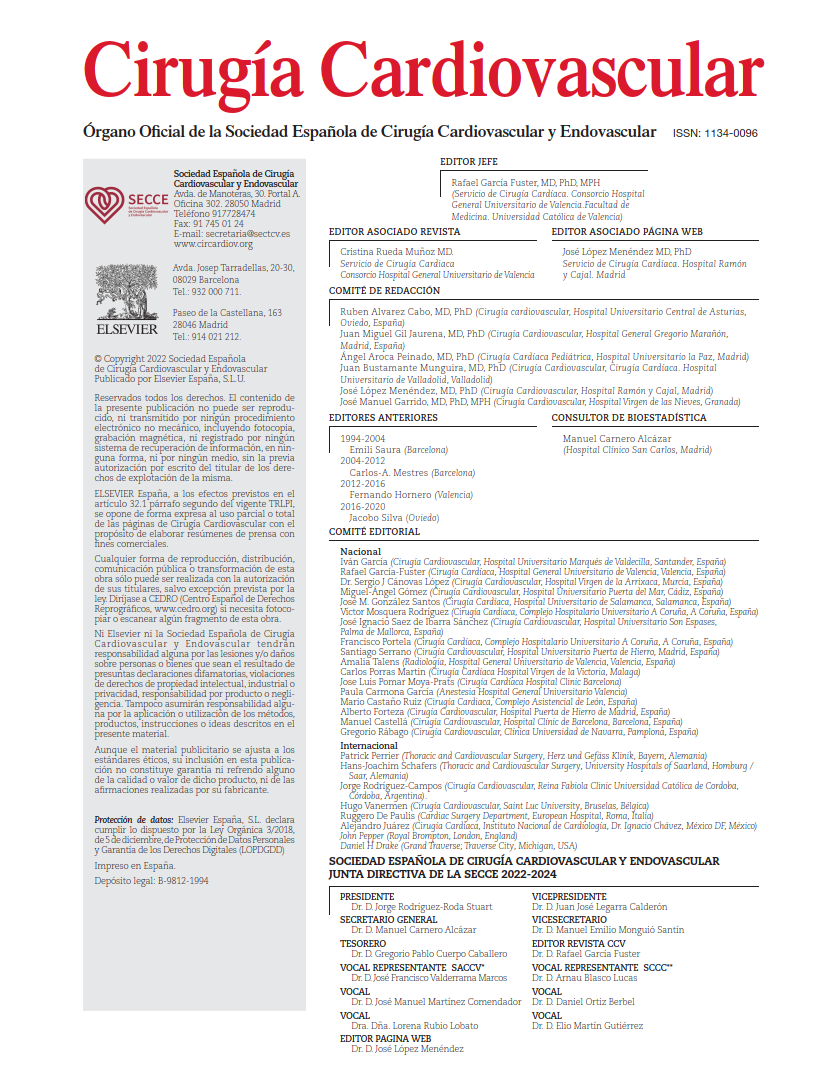
The diverse facets of primary mitral regurgitation
This retrospective, multicenter study utilizes latent class analysis on 2321 patients undergoing surgery for primary mitral valve disease, aiming to identify phenotypes with distinct long-term prognoses.
Hybrid Ablation: A Strategy Against Persistent Atrial Fibrillation?
A review paper published in JACC on the available evidence regarding hybrid ablation in patients with persistent atrial fibrillation.
The Value of Time, Even in Type A Aortic Dissection
A retrospective study examining the impact on morbidity and mortality of the time elapsed from symptom onset to surgical intervention in patients with acute type A aortic dissection complicated by malperfusion of one or more regions.
Transapical neochord implantation: a promising future
This study evaluates the five-year clinical and echocardiographic outcomes of patients with severe degenerative mitral regurgitation (MR) treated with transapical neochord implantation using the NeoChord DS 1000® device.
Fontan-associated liver disease: what is the value of liver fibrosis scores?
A retrospective, observational study of 159 adults with Fontan circulation analyzed the correlation between two liver fibrosis scores, haemodynamic status, degree of liver damage, and long-term mortality.
Uncomplicated Type B Aortic Dissection: TEVAR or Not TEVAR… and When to TEVAR
Retrospective study involving 91 patients with uncomplicated type B aortic dissection. Comparison of patients initially managed with medical treatment, assessing the rate, indications, and characteristics of patients who required invasive procedures during follow-up against those who continued with optimal medical treatment.
Which Grafts for Which Territories? Still Searching for Direction
A sub-analysis of the COMPASS study evaluating one-year patency of various types of coronary grafts through CT angiography, considering technical aspects of revascularization strategy configuration.
Pediatric ventricular assist in Spain: 15 years of experience
This study presents the Spanish experience with durable ventricular assist devices (VAD) in children from 2006 to 2020. The overall results are summarized, and risk factors for mortality in this pediatric population are analyzed.

